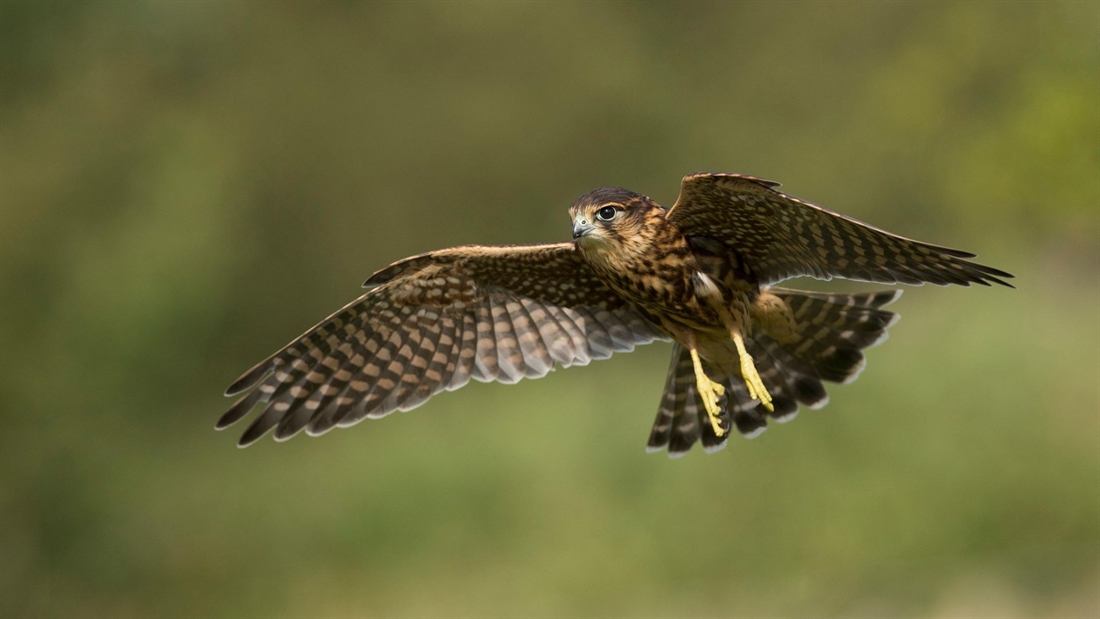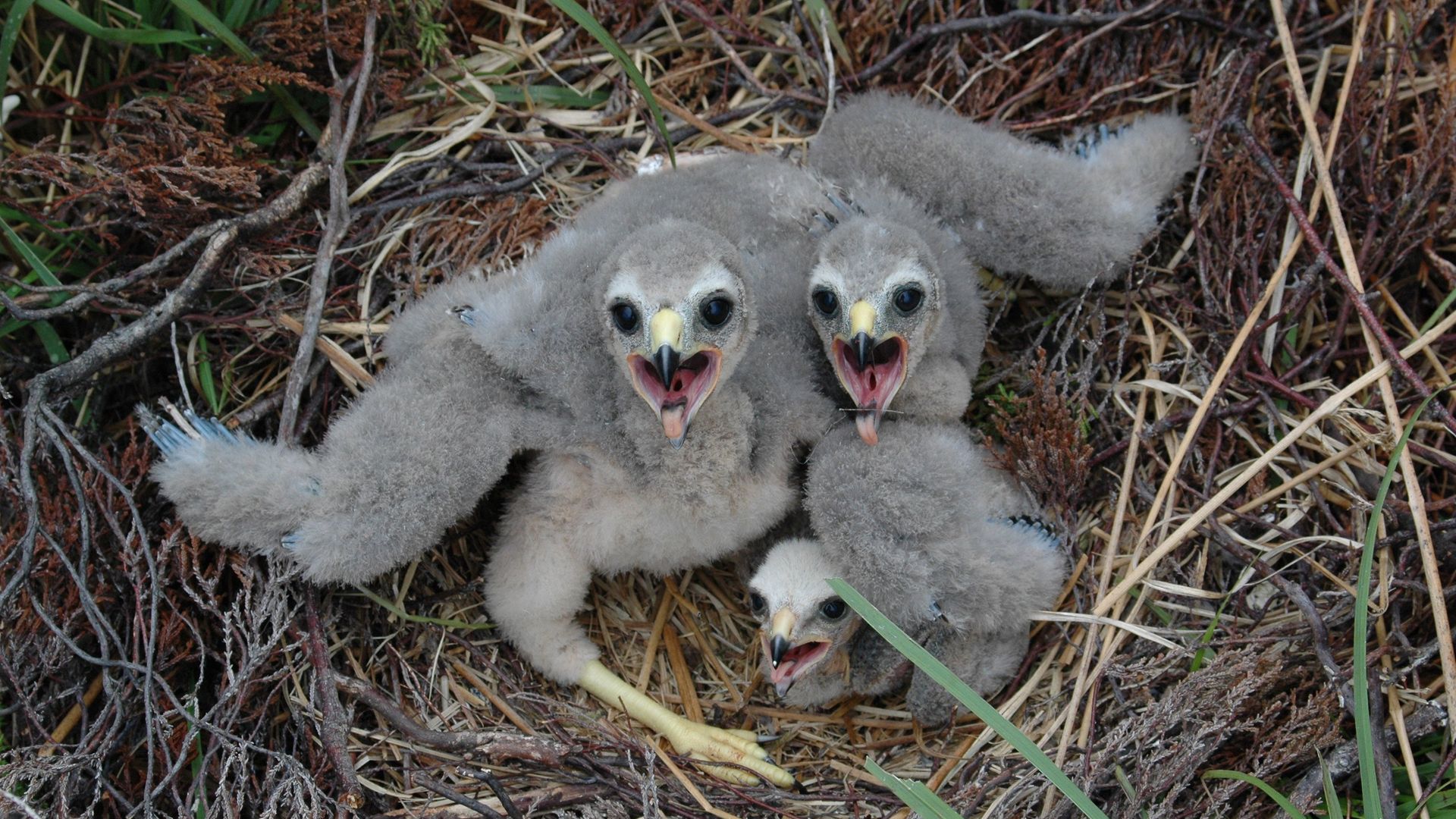Raptors and grouse moor management: the real story

The recent success stories of the hen harrier and a new merlin recovery project show the real magic of the uplands, says James Swyer, and gamekeepers are right at the heart of both
With the shooting season underway, there is the usual media attention on our uplands. You might well have seen the claims of Rewilding Britain that: “With over three-quarters of a million acres of our national parks devoted to driven grouse moors, the parks are being held back from tackling Britain’s collapsing biodiversity and the climate emergency,” and, as I mentioned last month, the same old faces calling for an end to driven shooting.
While this was all unfolding, men and women were working tirelessly across our moors. One result of this effort has been the latest in a series of annual increases in the number of breeding hen harriers in England. This year, Natural England has reported 31 breeding attempts, of which 24 were successful, fledging 84 chicks.
Part of this success is due to the hen harrier brood management trial, which aims to investigate the feasibility and effects of taking eggs or nestling hen harriers from the wild, rearing them in captivity, and releasing them to become healthy adults. In 2021, trial interventions were approved at two nests: one in North Yorkshire and one in Lancashire. All eight chicks from these nests have been successfully reared to become healthy fledglings and released. This builds on the eight brood-managed birds from 2020. Six of these survived their first winter, and five attempted to breed this year, of which four were successful.
The good news doesn’t end there. Last month, the Game & Wildlife Conservation were awarded a £247,900 grant from the government’s Green Recovery Challenge Fund for its ‘Merlin Magic’ project. This work will focus on recovering merlin across the Yorkshire Dales National Park, North Pennines Area of Outstanding Natural Beauty and North York Moors National Park and builds on GWCT volunteers monitor breeding merlin in the Yorkshire Dales National Park in 2020.
Our Merlin Magic project is focusing on the iconic merlin, a distinctive small falcon breeding on England’s moorlands and red-listed as birds of conservation concern. Gamekeepers managing moors proudly host them and raptor workers enthusiastically search for them, but there can be disagreement over their status and perceived causes of decline.
We will help reconcile opinions through promoting cooperative working, whereby gamekeepers under licence will help find nests for raptor workers, who then validate nests and ring and tag chicks. By measuring nesting vegetation, habitat quality and avian prey, this evidence-based approach will guide dialogue amongst grouse practitioners and upland ecologists – and will provide a better understanding of landscape-scale improvements in priority bog and heath moorland management which will benefit merlin, other ground-nesting birds, habitat condition and wildfire control. This vital funding will also help to promote public awareness of moorland conservation issues, inform conservation strategies and lay foundations for further grouse/raptor reconciliation projects.
My colleague, David Baines, who leads the project said: “Merlin are an often-overlooked part of the moorland bird community. This project will bring together different groups of people with a shared passion for the uplands, but with differing perspectives on how to drive their recovery. A better understanding of how merlin use upland habitats and what pressures are affecting their numbers will provide a common focus for future management.”
I’m delighted that gamekeepers will be at the heart of this government-funded conservation project, teaming their dedication and local expertise with ecologists who are able to tag and monitor these much-loved birds. Working together gives us the opportunity to add some real magic to our uplands.






